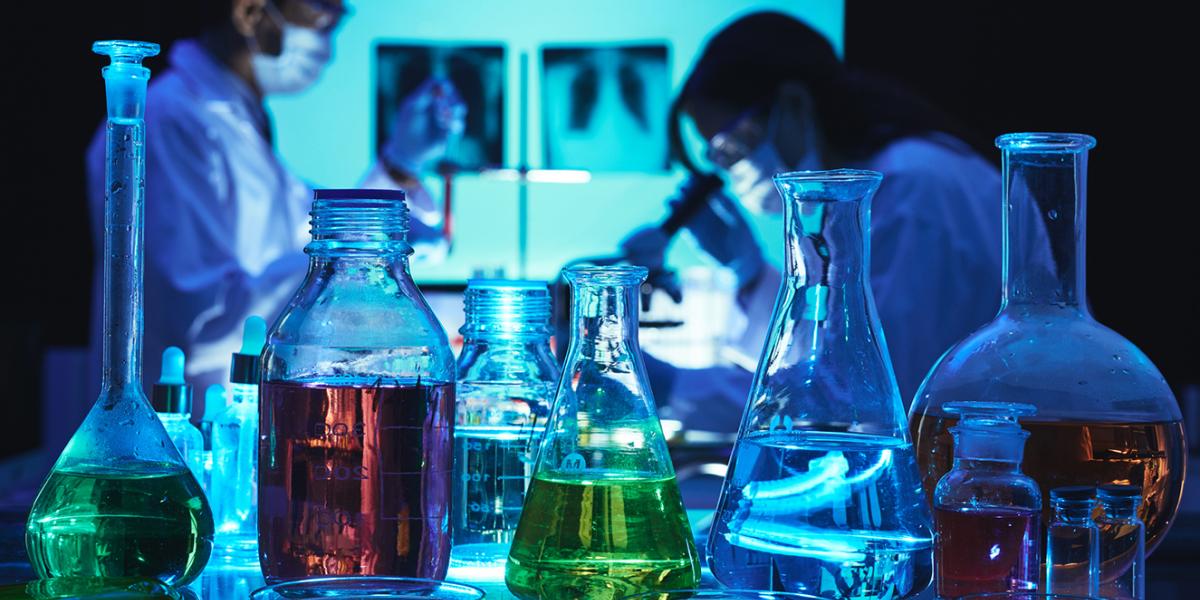You are here

On 11 February 2020 the Malaysian Department of Occupational Safety and Health (DOSH) under the Ministry of Human Resources (MOHR) published the Industry Code of Practice on Chemicals Classification and Hazard Communication (Amendment) 2019 Part 1 on its website. The amended Industry Code of Practice (ICOP 2019) seeks to revise the list of GHS classified chemicals contained in Part 1 of the Industry Code of Practice on Chemicals Classification and Hazard Communication 2014 (ICOP 2014).
The ICOP 2019, listing the 662 mandatory classifications, became publicly available on the DOSH website on 11 February 2020. More than 400 substances have been newly added to Part 1 of the ICOP 2014 with hazard classifications and related labeling elements. This list contains chemicals that have been classified under the Occupational Safety and Health (Classification, Labeling, and Safety Data Sheet) Regulations 2013 (CLASS Regulations).
The notification of the approval of this 2019 amendment was made on 12 December 2019.
Verisk 3E Review
The Industry Code of Practice on Chemicals Classification and Hazard Communication is meant to be used as a tool to assist industrial chemical workplace sectors in complying with the requirements under the provisions of the CLASS Regulations 2013. This includes duties to classify, label, package and prepare Safety Data Sheets (SDS) for hazardous chemicals which are required in Part I to Part V of the Regulations. The ICOP 2014 consists of four main parts as follows:
- Part 1: List of Classified Chemicals (Updated 2019: 662 substances)
- Part 2: Chemical Classification
- Part 3: Hazard Communication – Labeling and Safety Data Sheet (SDS)
- Part 4: Confidential Business Information (CBI)
The CLASS Regulations 2013 in Section 4 (1) mandates that the principal suppliers of chemicals used in the workplace must classify hazardous chemicals in accordance with the list of classified chemicals as provided by Part 1 of the ICOP 2014. The table in this part consists of a list of chemicals along with their corresponding hazard classification and related labeling elements. The ICOP 2019 has updated Part 1 of the ICOP 2014 by adding new substances to the list, greatly increasing the number of chemicals from 229 substances to 662 substances in total.
In addition, the ICOP 2019 also updates the text of the ICOP 2014 in Part 1 in the case where there are differentiations of hazard classes or categories of substances. It is specified that "the classification specified in the list is a minimum classification for the chemicals." This means that if substances are found to have additional hazard classes or more severe categories when compared to those provided by the ICOP, it is acceptable that the principal suppliers classify them accordingly as long as they have sound evidence or scientific data that supports the more stringent classification compared to that of the ICOP. On the other hand, the principal suppliers are required to present the testing data and data sources to the Director General of DOSH, "to support the exclusion of any hazard class or classification of less severe category compared to the minimum classification specified in [ICOP]." In practice, the justification of classification should also be accompanied by relevant test data not only based on classification published by the EU or any other jurisdictions.
Background
Malaysia implemented the UN GHS in 2013 through the promulgation of the CLASS Regulations 2013. The CLASS Regulations adopt a modified version of the 3rd Revised Edition of the UN GHS Purple Book. MOHR issued and approved the Industry Code of Practice and its amendments by the power delegated under Section 37 of the Occupational Safety and Health Act 1994 (Act 514). MOHR first approved the Industry Code of Practice on Chemicals Classification and Hazard Communication (Amendment) 2014 (ICOP 2014) on 16 April 2014. The amended version, the ICOP 2019, was approved on 11 October 2019 through the Notification of Approval for Amendment of Industry Code of Practice, P.U. (B) 623, dated 12 December 2019. The document was officially available on the DOSH website on 11 February 2020.
Verisk 3E Analysis
According to informal information provided by DOSH officials, suppliers will have a 6-month grace period to comply with the modified classification from 12 December 2019 to 12 June 2020. We have been notified that, “[DOSH] is currently working on the issue while more information will be available soon."
The Industry Code of Practice Classification stipulated in the ICOP is mandatory. For listed chemicals, principal suppliers must classify chemicals according to the classification specified in Part 1 of the ICOP. If the substances are not found listed in Part 1, the classification must be in accordance with the criteria and procedures outlined in Part 2. Duties under the CLASS Regulations apply to “principal suppliers,” which include manufacturers, importers and those involved in recycling or reformulating hazardous chemicals (CLASS Regulations 2013, Regulation 2).
In conjunction with the new changes, all affected persons or entities should review the updated list of chemicals to ensure that their chemicals are classified in accordance with the amendment provision of the ICOP 2019.
For a full text of relevant documents including the CLASS Regulations and the Act, please visit the Department of Occupational Safety and Health - Legislation page or email us at 3EMonitorSupport@Verisk3E.com.

 Top
Top